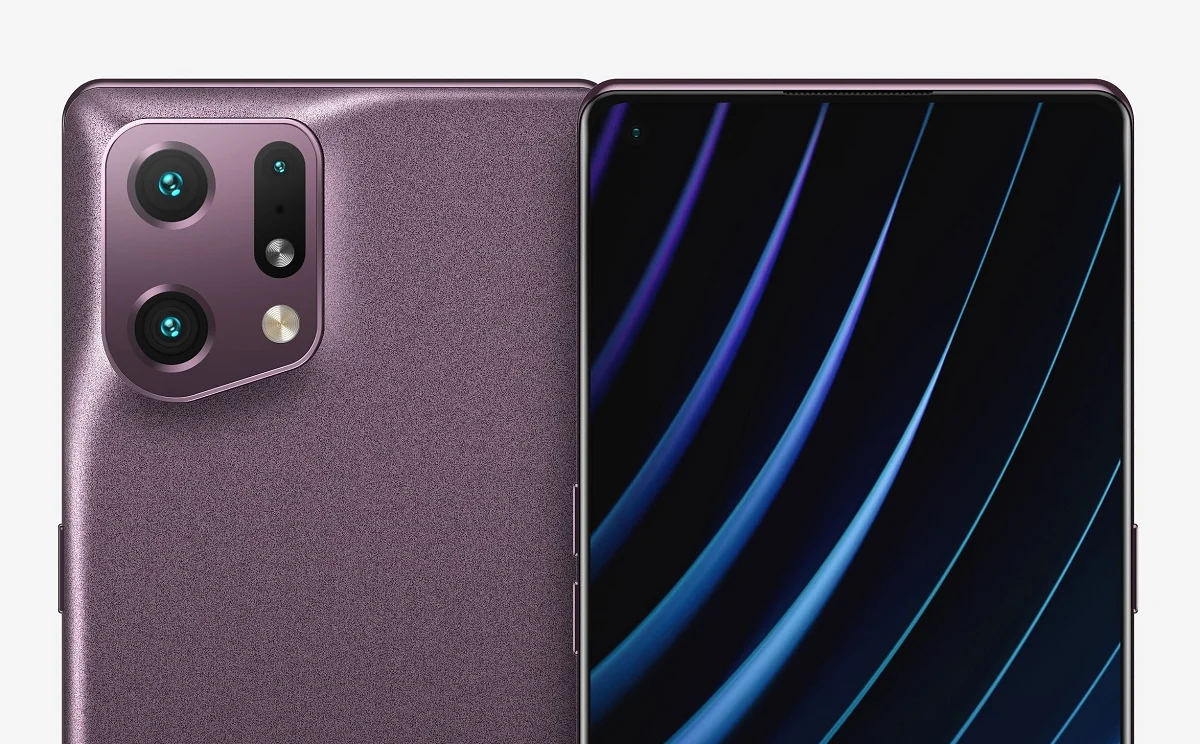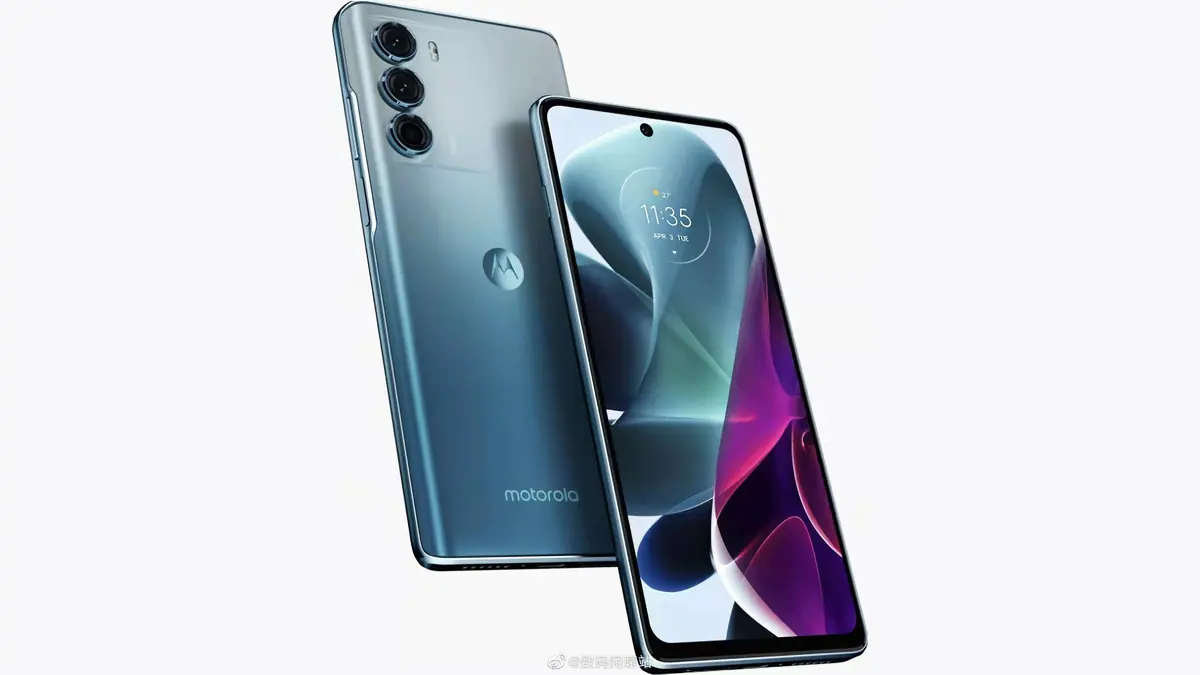Less than two months ago, promising news emerged: Google was planning to launch a “PC mode” in Android. The latest preliminary version of Android 14 (specifically QPR3 Beta 2.1) demonstrated the user experience when connecting the Pixel 8 Pro to the monitor and gave hope to those like me who have been waiting for something like this for years.
I have been following the development of such options for more than a decade. The convergence between mobile and computer Use your smartphone as a PC, This is an old dream of the industry and there have been various attempts to make it a reality.
Motorola showed us one of the first implementations of Altrix in 2011, and was followed by offers from Canonical (including the triumphant failure of Ubuntu Edge) or Microsoft, which looked like it had something big up its sleeve.
None of them managed to implement the idea, but the proposal never completely disappeared. Samsung has brought us closest to this future with Samsung DeX, but both Motorola with Ready For and Huawei with desktop mode have kept the fire alive. What’s interesting is that these are all independent applications from these companies: even though they are Android-based, Google ignored the issue.
However, as I said, two months ago Google seemed to have opened the door to that future. Everything indicated that the company would talk about it at the then-upcoming developer conference Google I/O 2024.
Instead he talked (mostly) about one thing: artificial intelligence.
In fact, a potential desktop mode was not mentioned in that keynote or during the remaining days of the event. Google doesn’t even mention it It’s not even mentioned in the latest roundup of 10 big news coming to the Android ecosystem, and in the company’s Android-related section – here this option seems particularly relevant – because once again AI seems to be the only thing that matters.
Here we are again with what I think is a huge missed opportunity for Android. A system that allows you to connect a mobile phone to a monitor, keyboard and mouse at any time and start working. Despite the fact that the iPhone could be something akin to a PC, neither Google nor Apple seem to have any interest in offering this option.
Reasons not to offer something like this they ran away from me. It’s certainly not because we can’t do it: the modern SoCs in our phones have more than enough power to deliver a desktop environment.
It’s not due to technical limitations either: The USB-C port and wireless projection of our devices have also long made it easier to connect to a monitor. It’s the same Bluetooth standard that makes connecting a wireless mouse and keyboard trivial.
But even though it’s technically possible, Google seems to reject such a thing. The new features coming to Android 15 (theft detection or private space, among others) are interesting, but the biggest disappointment of this Google I/O from my perspective is precisely that we still don’t have a desktop mode. an option . Especially when it looks this close.
in Xataka | Daylight DC1 is a tablet with “LivePaper” technology and an unusual idea: keeping us less attached to screens













